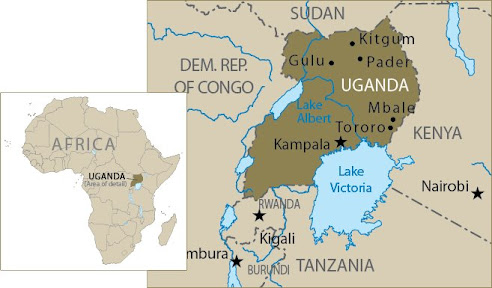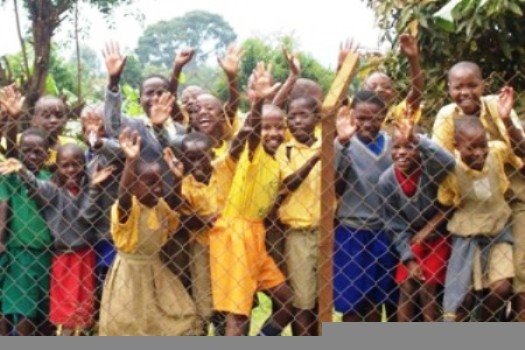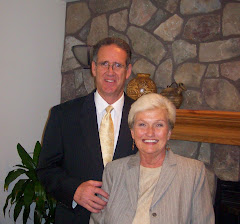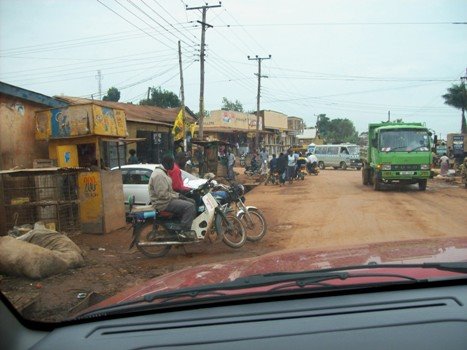
This week we spent 3 days in the Congolese refugee camp in Nakivale and the border transit center camp in Kanungu, Uganda. The camp in Kanungu is 3 miles from the DR Congo border, so refugees are processed there and then sent further inland to Nakivale for their safety.


The refugees have fled the war going on in the DR Congo between the Tutsi rebels and predominently Hutu Government forces. Most of the refugees in Kanungu are Hutus fleeing from the rebels who attack them while fighting the Army. The war in the Congo is basically a rekindling of the Tutsi-Hutu conflict from Rwanda. Even in the camps, the two tribes are separated. Many on the border move back and forth between their homes and the Kanungu camp as the fighting erupts. They build shelters like these out of stick frames,grass and tarpaulins until more permanent ones from mud brick can be built in Nakivale.

At any given time there are 10-20 "unaccompanied" children, ranging from 2-12 years old, in the camps. One of the Save the Children workers told us that when fighting breaks out, some of the families who have been there before will send their children to the camps for safety. They know the way and can travel the 3-4 miles on their own or following other families. Most of them are eventually reunited with the family. If not, they are sent on to Nakivale where they try to place them with a foster family. This little girl was alone in the camp.

When we first went to Nakivale in November there were 36,000 refugees there. This time there were 56,000 in Nakivale and 11,000 in Kanungu. While we were in Kanungu 8 busloads of people were being transferred to Nakivale. Just as before, the number of children is staggering. It seems like at least 70% of the refugees are children.


The Church allowed us again to purcase supplies locally while a container is being shipped from Salt Lake City. It should arrive in about 6 weeks and contains clothing, hygeine kits, newborn, medical supply, and school modules as well as some wheelchairs.On this trip we took with us another 1,000 blankets, 1350 cooking pots 2,000 lbs. of beans, machetes, hoes, shovels and wheelbarrows.

There is enough food in the camps now to last for two years. The people have been given land to raise crops and have already started clearing and planting. We took the tools to assist them in building shelters and farming. A second borehole was also being drilled in Nakivale. The hygeine kits that the Church is sending are a much needed item as there is still a major risk of water borne illnesses.

Elaine, again, became the "head, shoulders, knees and toes expert" in the camps. Even in their circumstances, the children enjoy fun and games with the "muzungus" (which means a white person in most African languages).

Art becomes "Uncle Muzungu" and the children are facinated by the hair on his arms. They can't resist rubbing it.

One of the tragedies of war in African countries is "Babies with babies" as young girls in the villages are raped by the rebels when they attack. This little 14 year old mom was alone in Nakivale with her 6 month old son. There are so many Moms with babies; we wish we had a polaroid camera and an unlimited supply of film so we could leave them a picture of their family.

We heard and saw some unbelievable things in the camps and again left with our hearts full of tears for these children. But, we know that tears are not what they need. Even in their circumstances now they are sweet and happy and full of life. At least they are safe now and there is hope for a better tomorrow.


















































